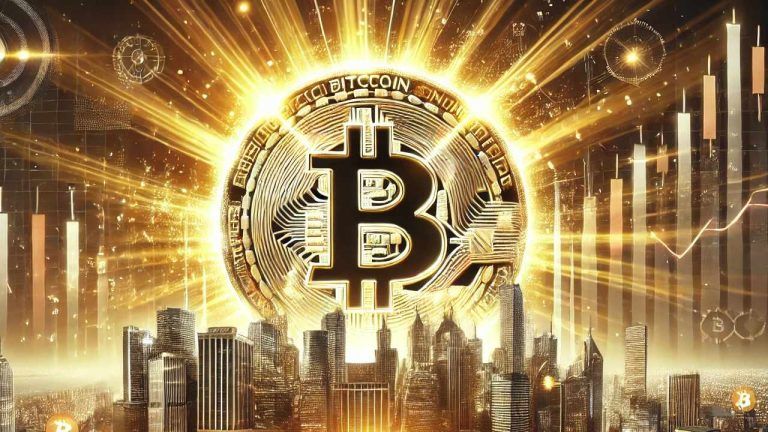
Ran Goldi, the vice president of payments at Fireblocks, believes that affordability and speed will keep big brands that have implemented crypto payments in the last two years.
Hashing It Out Episode 16 explores one of the most popular use cases for cryptocurrencies: payments. Elisha Owusu Akyaw is joined by Ran Goldi, vice president of payments at Fireblocks, to explore the rapidly evolving world of crypto and payments, the steps necessary for adoption, the role of stablecoins, and the hurdles — such as the collapse of crypto-friendly banks in the United States.
The conversation begins with a discussion on the impact of the collapse of crypto-friendly banks in the United States. Goldi believes that the current banking issues in the U.S. are not helping with crypto adoption, especially with institutions. These issues shake the firms’ confidence in using blockchain technology like stablecoins to move money globally, according to the vice president of payments at Fireblocks.
“We had one company that was working with Silvergate, and Silvergate got shut down. We immediately gave them an intro to SVB, and then SVB got shut down, and then in the evening, we said don’t worry, we will introduce Signature next week, and by next week there was no Signature.”
Despite the issues with the banking sector and regulatory environment, Goldi is optimistic that 2023 will bring more adoption to crypto through payments. The vice president of payments at Fireblocks argues that multiple big names like PayPal, Checkout and Stripe have entered the digital asset industry in the last couple of months, and when they discover they can do more while paying less and faster, they will not go back.
Related: Who watches the watchers? CryptoHarlem founder Matt Mitchell explains why surveillance is the enemy
Goldi breaks down how blockchain payments allow for faster cross-border payments that don't require three to four days to settle. Furthermore, Goldi believes that the most popular form of cryptocurrency payment adoption in the initial stage will involve institutions. He explains that the financial rails between institutions around the world will evolve, and most firms will have a leg in blockchain to move money faster.
Listen to the latest episode of Hashing It Out with Ran Goldi on Spotify, Apple Podcasts, Google Podcasts or TuneIn. You can also explore Cointelegraph's complete catalog of informative podcasts on the Cointelegraph Podcasts page.






















